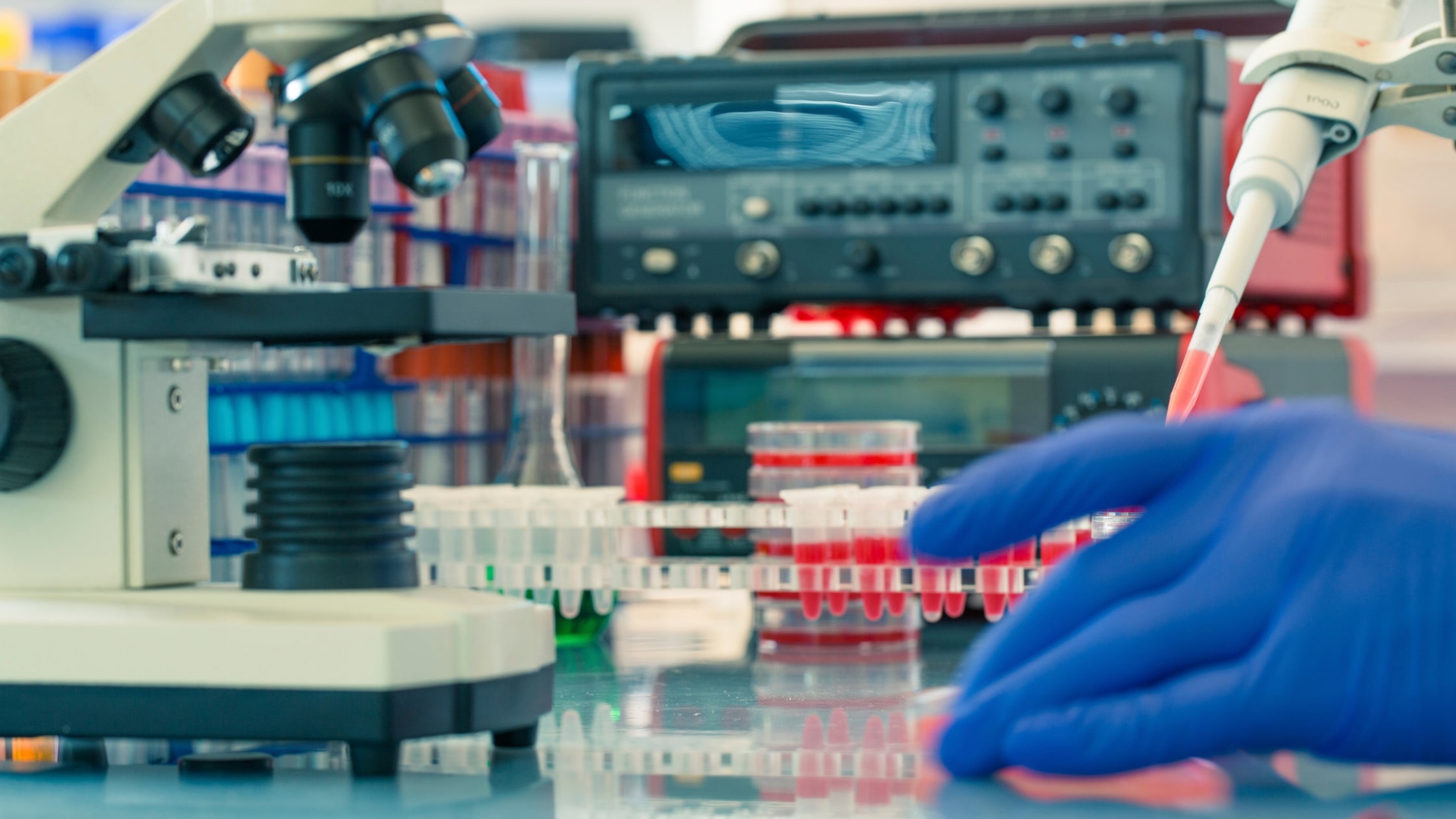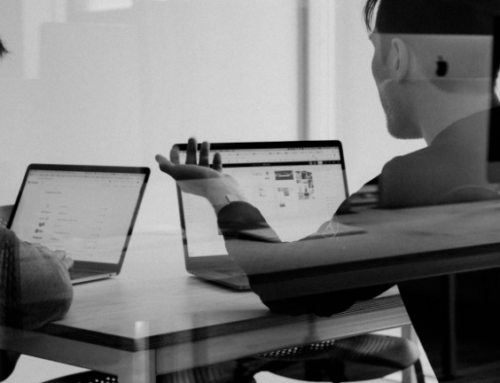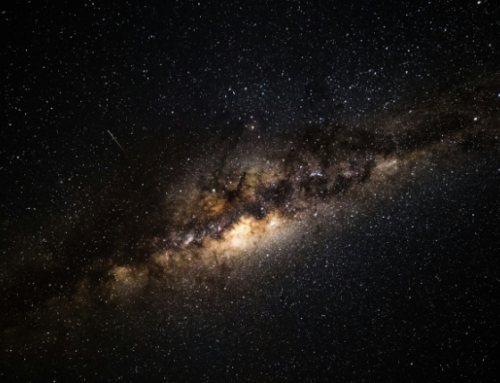The key to improving life on Earth may be to test its limits outside of our home planet in space. Biomedical research conducted aboard the International Space Station has helped to spawn numerous medical advances for humans on Earth and provide a better understanding of human health in areas like disease, trauma, aging and environmental impacts.
Space’s microgravity, in particular, is a useful environment for experimenting and gaining insights on human health, both in how it impacts long-duration spaceflight and to explore new perspectives on diseases that affect ordinary humans.
For several years, scientists have shown progress on some of the current research conducted aboard Space Station. These studies by NASA and the ISS National Laboratory are furthering breakthroughs in healthcare innovations seeking to commercialize low-Earth orbit. These experiments and research also aim to use the ISS as a stepping-stone to help us survive space and get back on the Moon — and eventually Mars. But biological and human physiological investigations are offering important insights that people on Earth can benefit from.
Healthcare Technology
Research on ISS has spearheaded innovations in surgical performance resulting in Earth’s first robotic technology that can perform surgery inside MRI machines. This innovation eases brain tumor surgeries and makes difficult surgeries possible. Now, medical technology originating from ISS robotics assists in the early diagnosis and treatment of breast cancer by offering increased access, precision and dexterity, which has improved accuracy and minimized the invasiveness of procedures.
In today’s laser surgeries to correct eyesight, a new technology developed on ISS is now used on Earth to track a patient’s eye and helps to navigate a laser scalpel. ISS research on thermal regulation has also led to the integration of sensor technology for monitoring during surgeries.
When medical facilities are unavailable in remote and underdeveloped regions of the world, ultrasounds are used with protocols for performing complex procedures rapidly with remote guidance from medical experts. These telemedicine and remote guidance measures encourage local healthcare providers and give patients access to more rapid diagnostic care, providing a more efficient healthcare system.
Additionally, a portable device that measures nitric oxide in the breath exhaled by astronauts on ISS is used to study possible airway inflammation that can identify health problems before they occur. Today, this innovation is used at some health centers to monitor asthma levels, leading to more accurate medication diagnosis, reduced asthma attacks, and improved quality of life.
Immune Defenses
Nearly the entire world population is infected with one of eight herpes viruses. Four types reactivate and appear in body fluids in response to the stress of spaceflight. One device, developed in spaceflight, is designed for use in either a doctor’s office or on spacecraft. Allowing for rapid viral detection (VZV) can lead to earlier treatment and prevent the onset of painful shingles, chickenpox, post-herpetic neuralgia, multiple sclerosis and many neurological disorders.
Microgravity studies on ISS have also helped researchers detect genetic triggers for immune responses in T-cells. This research has led to future medical treatments on Earth for immunosuppression. Identifying the changes that occur to the immune system in space nurtures the development of targeted countermeasures to adverse effects in space. It also provides information for targeted treatments on Earth, such as the development of pharmaceuticals that can suppress immune responses and help manage autoimmune diseases or organ transplants.
Food and Environment
Microbiology is a vital area, both within human spaceflight and also for humans on Earth. Microorganisms, including bacteria, fungi and algae, can negatively or positively impact our daily lives. In-space research has far-reaching effects that support many different biotechnology areas since microorganisms play a role in food spoilage, waste and sewage treatment and processing, pollution control, nutrient cycling and exchange and an increase in greenhouse gases.
When scientists studied the effects of gravity on plants, it led to the development of an ethylene scrubber. This innovation is now used as an air purifier that destroys airborne bacteria, mold, fungi, viruses and odors. The healthcare industry benefits from the use of these units in clinics, operating rooms, waiting rooms and more, making these locations safer for people, especially during the COVID-19 pandemic.
Additionally, plant research inside space greenhouse has also harnessed insights of root zone substrates in space, allowing scientists to more accurately predict how artificial soils will behave when irrigated in space and on Earth in man-made forests.
Human Health and Biorhythms
Researching spaceflights’ effects on the cardiovascular system have been invaluable, especially for creating unique inventions that can be used on Earth to detect the earliest disruptions in health status. Such technologies are currently used to examine motor vehicle drivers and civil aviation pilots to evaluate health risks and prevent accidents. In space, twenty-four-hour ECGs on astronauts also monitored to understand the extraterrestrial environment’s effect on biological rhythm and cardiac autonomic nervous activity. Ultimately, it led to thoughtful recommendations for maintaining a well-balanced biological rhythm on Earth.
One of the recommendations was maintaining a regular sleep schedule. In studying cosmonauts’ sleep patterns using a small device that fits inside their pocket, data is recorded and sent to Earth to review sleep quality. Now, Earth models of the device are placed under the pillow or mattress to record heart and breathing movements.
Thanks to this research, we have more insight into how we can improve human health for the better here on Earth. But it also shows how the human body can be preserved and adapt to extreme conditions in space. Through further research in the most extreme environment, more insights will continue to be discovered and improve many facets of human health. The farther and longer we travel in space, perhaps the more knowledge will have about human biology and medicine.






